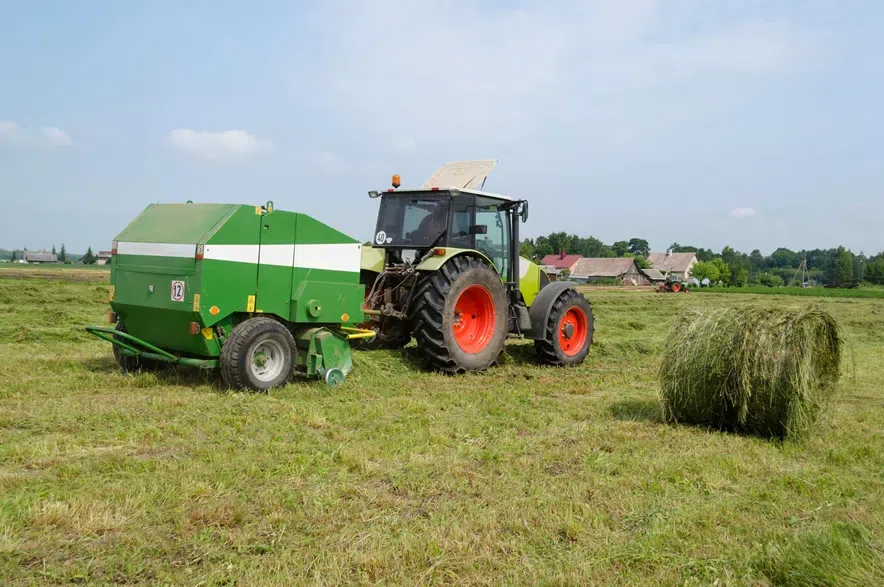Dry conditions are still causing headaches for many farmers in Saskatchewan, but crops in other regions are progressing well thanks to recent rain and warm weather.
According to the weekly crop report from the Saskatchewan Ministry of Agriculture, which covered the week ending on Monday, topsoil moisture levels continued to decline across the province, causing stress for both crops and producers and leading to rapid crop development in some regions.
Read more:
- Provincial fire ban starting Thursday, no ATV ban yet: SPSA
- Big Stick RM councillors slam Sask. agriculture minister over drought inaction
- ‘Can’t buy your way out of drought’: Southwest farmers continue to deal with dry conditions
The heaviest rain over the past week was in the Hanley area, where 44 millimetres fell, followed by the Serath area, with 33 millimetres.
“Other areas received much needed rainfall, but producers are hoping for more in the coming weeks,” the ministry noted.
“Crop staging varies throughout the province and within regions as a result of irregular rainfall.”
For cropland, topsoil moisture levels were rated as 55 per cent adequate, 33 per cent short and 12 per cent very short. Hayland was even drier, with topsoil moisture levels rated as 43 per cent adequate, 38 per cent short and 19 per cent very short. In pastures, toposoil moisture was sitting at 33 per cent adequate, 40 per cent short and 27 per cent very short.
“Pasture conditions in the province range from poor to good condition this year as some producers are satisfied with pastures, while others are disappointed,” the ministry explained in its report.
“Currently, only one per cent of pastures are in excellent condition, while 24 per cent are good, 37 per cent are fair, 29 per cent are poor, and nine per cent are in very poor condition.”
Livestock producers have been busy with their first hay cut of the year, the agriculture ministry added. The quality is variable, with 11 per cent rated as excellent, 48 per cent good, 30 per cent fair and 11 per cent poor.
Crop damage over the week covered by the report was largely due to hot temperatures and a lack of moisture. According to the crop report, wind also caused minor crop damage, along with gophers, grasshoppers and cabbage seedpod weevils.
“This is causing some producers to apply insecticides to fields with high insect activity,” the ministry said.
“Similarly, producers in areas that have received moderate to high rainfall over the last few weeks are applying preventative fungicides to some of their pulse, cereal and oilseed crops.”
As the month of July progresses, farmers will be busy scouting their crops for staging and pests, while applying insecticides and fungicides as needed. But while they’re working, many will be keeping a close eye on the sky.
“Producers throughout the province are hoping for timely rainfall to accommodate the high crop water usage requirements during this time,” the ministry said.











